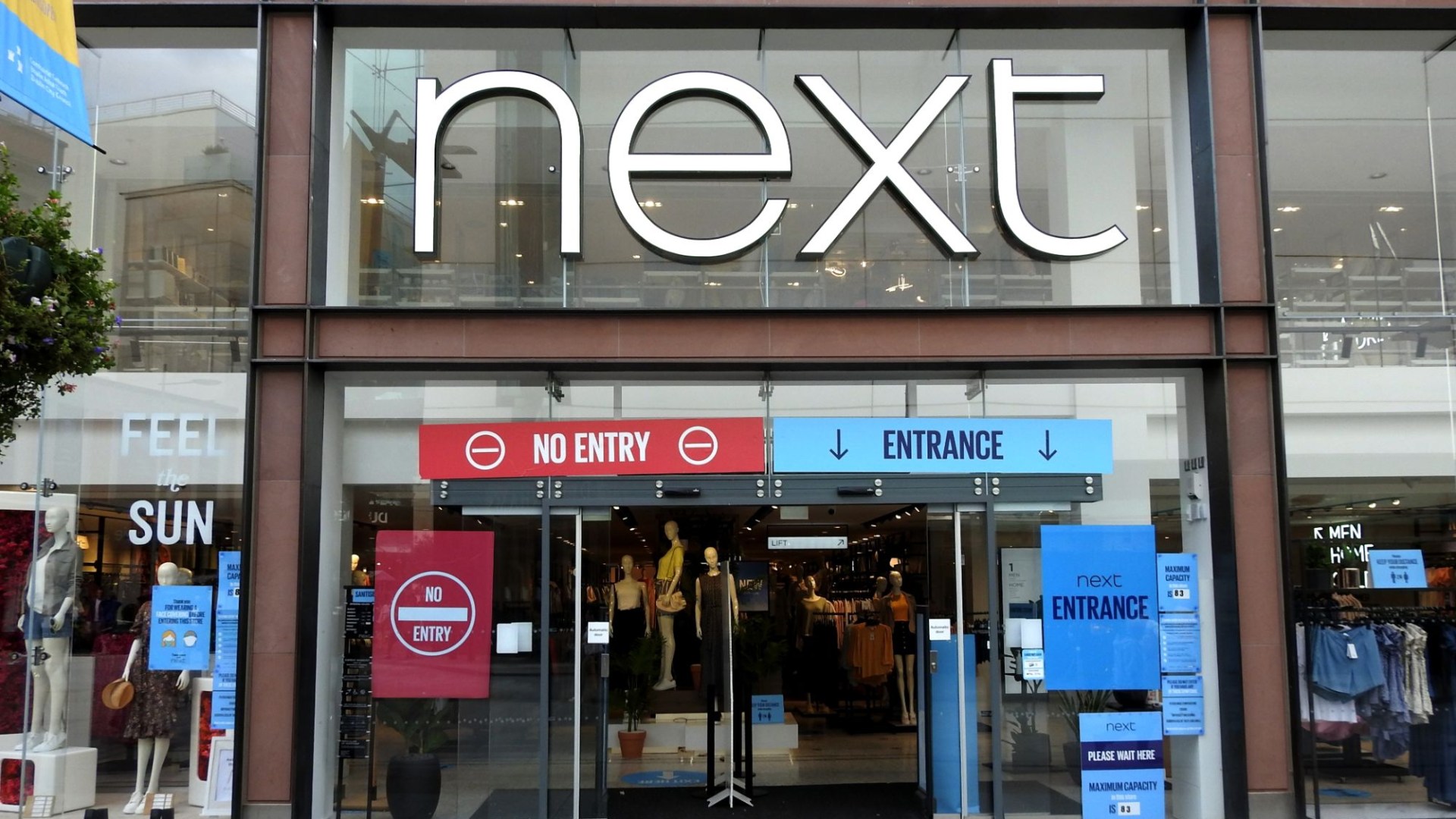Home / Business and Economy / Next Scanners See Through Clothes to Catch Thieves
Next Scanners See Through Clothes to Catch Thieves
25 Nov
Summary
- AI scanners detect hidden items by changes in body heat.
- Technology has significantly reduced staff theft in warehouses.
- The system can identify weapons, explosives, cash, and drugs.

Next has deployed advanced AI-driven scanners capable of detecting items concealed beneath clothing, significantly impacting internal theft. This technology, known as the "Thruvision Passive Terahertz Screening System," works by identifying variations in body heat, making it effective at spotting stolen merchandise hidden in personal areas like bras and underwear.
The implementation has already led to a substantial reduction in theft among staff at Next's UK warehouses and distribution centers. This proactive measure addresses the rising costs associated with employee pilfering, which accounts for a significant portion of overall retail theft. The success in warehouse operations is prompting consideration for its use across Next's approximately 500 UK stores.
Developed by Oxford-based Thruvision, the system's capabilities extend beyond stolen clothing to include the detection of weapons, explosives, cash, and drugs. This advanced screening technology offers a non-intrusive method for security personnel to identify concealed threats and stolen items, enhancing overall safety and loss prevention efforts within the retail environment.



